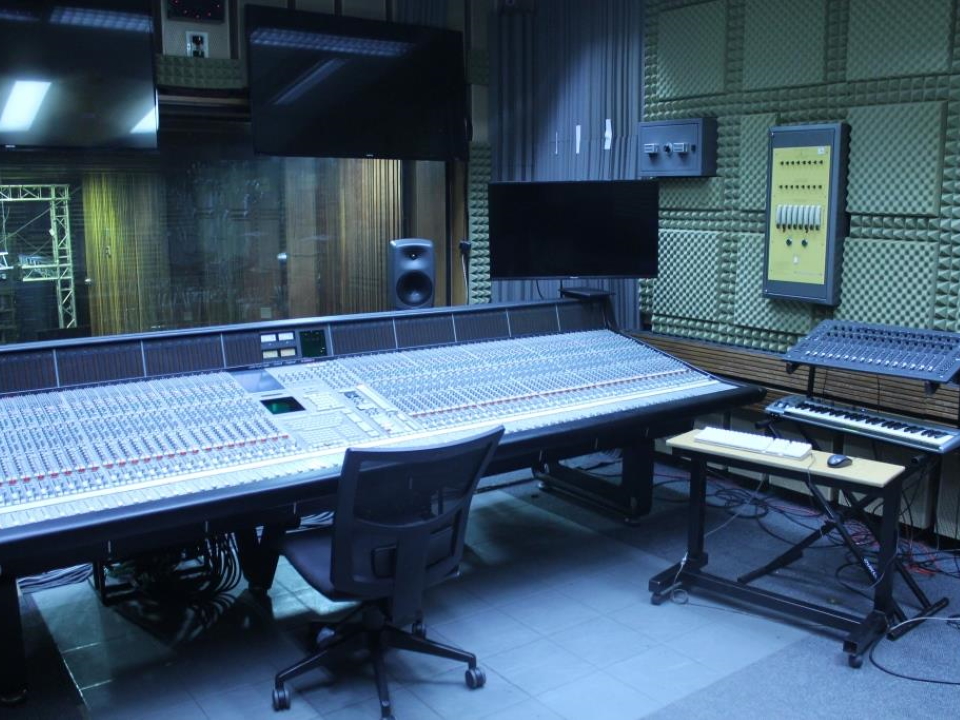
The mother of all mixing desks at the Academy of Sound Engineering
The Academy of Sound Engineering (ASE) had its work cut out when it took over one of the SABC’s mammoth Solid State Logic analog mixing desks. The challenge was to transfer it from its original studio to the ASE’s training studio control room, connected to the ASE’s V1A auditorium.
“This SSL 4000 G+ is the Rolls Royce of mixing desks, it’s a classic, and over many decades this console had probably recorded more hit albums worldwide than any other. Some of the bands who used it include Tupac Shakur, Rush, Dave Matthews Band, Soundgarden and 50 Cent. It was designed to be versatile and reliable and can be used in many different circumstances. The SSL brand is still highly sought-after in broadcasting,’ says ASE's MD Tim Kraft.
More importantly, the console is designed in such a way that its use illustrates some extremely important educational principles. Once the students grasp how to operate it, there is very little that they will be unable to handle. Using the console, students will be able to participate in the weekly live concerts that are shot for video and recorded for live broadcast, replicating what is found in live high-end broadcast facilities, where music is performed in front of a live audience.
The single SSL monolithic frame weighs one tonne and is over four metres long. The challenge for ASE’s B.SC students was to work out how to move it along the corridors of the SABC and lift it three metres so it could fit into the training studio. But before that, because the mixing desk was too big to fit through the door, two massive sound-proof panes of studio glass each weighing half a tonne had to be removed. Together they were valued at R100 000 and stood three metres above the floor. These panes had originally been installed in 1976, and the fear was that over the years they could have become brittle and any untoward movement might cause them to shatter.
“It was an enormous, risky job, all the suppliers we contacted turned us down and our insurance company would not take on the risk, eventually a glass–fitter came forward who was confident enough to take on the job,’ says Kraft.
A three-metre stage was constructed together with a temporary trussing structure and suction pads steadied the glass as it was painstakingly removed. That left a gap big enough to gingerly manoeuvre the mixing desk into position. It took a team of 16 ASE students an entire day to successfully complete the task, much to everyone’s relief!
Original article Here.

